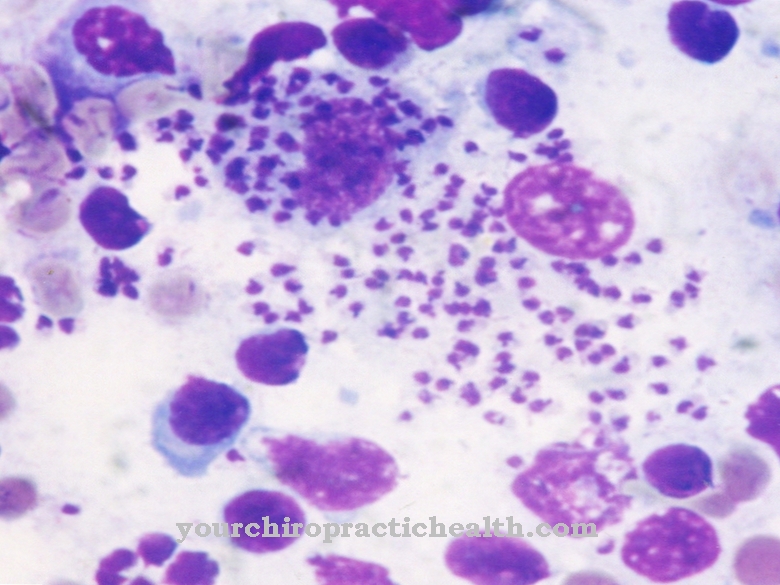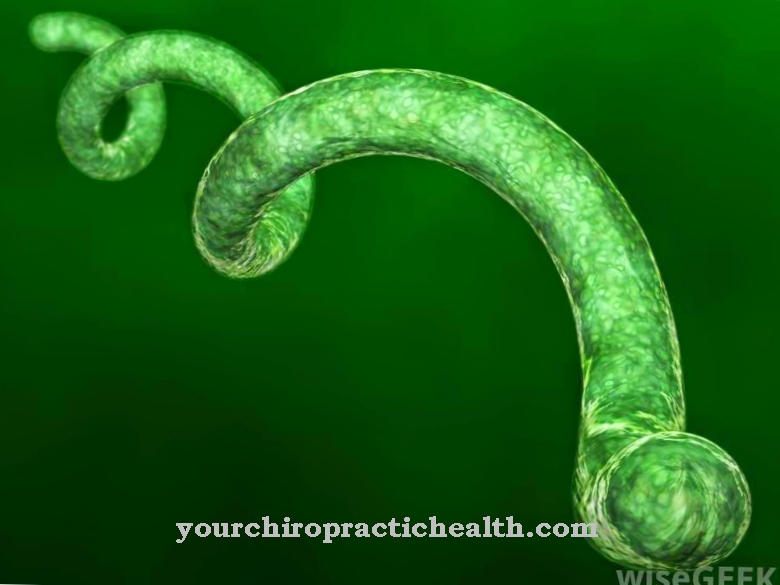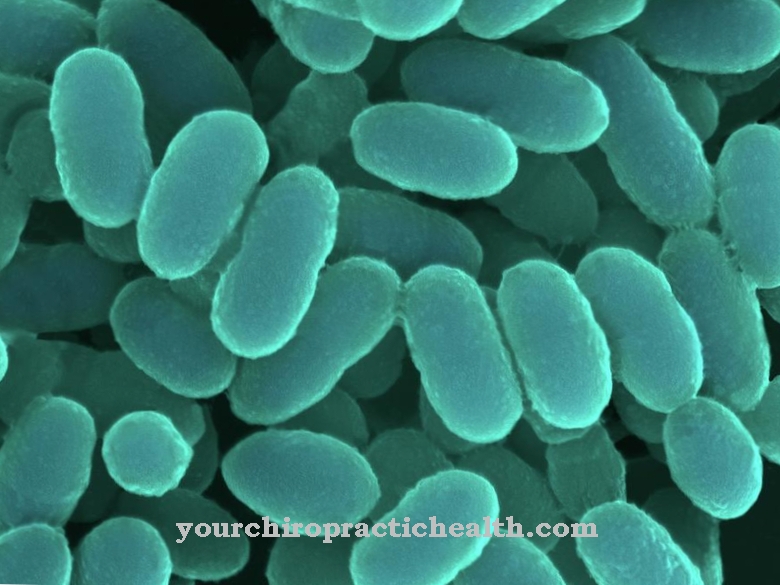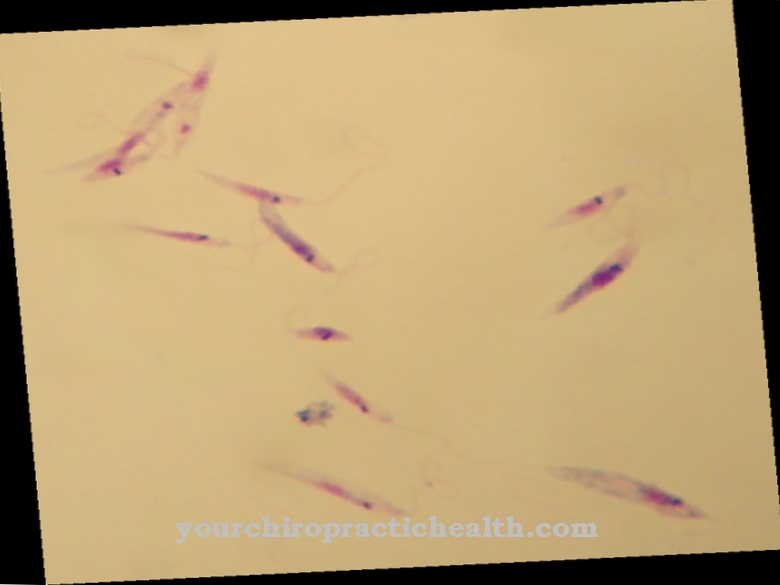Of the approximately 1,800 species of snakes that exist on earth, only a little more than a fifth are poisonous. And these are not the giant snakes, but the medium and small species. The large snakes have only ordinary, solid teeth and devour their prey after crushing them to death.
Venomous snakes & snake venom

As an aside, it should be noted that giant snakes are at best six, at most up to eight meters long. Reports from 15 and 20 meters or even longer queues are either lies or viewed with the eyes of fear so exaggerated.
In addition to their normal teeth, the venomous snakes in the upper jaw have two teeth at the very front, which straighten up when the mouth is opened and are provided with a channel through which the poison escapes. When the snake strikes its fangs into the victim's flesh, the pressure of the temporal muscles injects the venom into the wound.
The snake is a naturally shy animal and, contrary to popular belief, only attacks a person when it feels threatened.However, this can also be the case with particularly fast and hasty human movements. The snake's attack is actually considered a defense. Whether the cause of the snakebite is defense or the need to attack, it is clear that many deaths are caused by poisonous snakes. The snake poisons only work when they get into the bloodstream. When ingested they are rendered harmless by digestion.
According to their effect, a distinction is made between two main groups of snake poisons, neurotoxins (nerve toxins) and hemotoxins (blood and protoplasmic toxins). The neurotoxins paralyze important nerve centers and cause respiratory arrest. The heart is not directly affected. The hemotoxins cause the red blood cells to change and agglomerate.
Venomous snakes in Germany & Austria
In Germany we find no other venomous snakes apart from the sand viper (also called European horned viper, sand otter or horned viper) and the adder, whose venom is haemotoxic. The adder prefers to live in dry heathland areas, crawls away in cool temperatures and is only lured out of its hiding place by the warm rays of the sun. It owes its name to a cross-like drawing on the head, which cannot be seen on all animals. A sure way to identify the adder is the dark, conspicuous zigzag line that runs along its entire back.
The sand viper lives on sandy, stony soils, is ocher colored and has no special markings, but it can be clearly distinguished from other non-poisonous snakes by its square head and pointed nose.
The statistical information from past years about the mortality from snake bites is very different for the individual sources. Some speak of a mortality rate of 35 to 45 percent in tropical countries, while in Germany a mortality rate of less than 7 percent was found on average.
Snake venom as medicine
That is why science has set itself the task of finding a defense against snake venom. The so dreaded poison of the snake is used to good effect in medicine today. Krotaline, the dried poison of the rattlesnake, is injected (injected) against epilepsy, and sera is used in the manufacture of serums with which snake poisons are rendered ineffective in the human and animal body. The serum is obtained from the blood of immunized (i.e. made insensitive to snake venom) horses in specially set up snake farms and institutes.
But how is the serum obtained? The guard climbs into the kennel. He is protected against bites by high and sturdy boots. With a stick, which is forked at the end, he presses a snake onto the ground close behind its head. Then he grabs the snake in his hand and presses its jaws apart. An assistant holds a glass vessel under the threatening protruding fangs and massages the snake's venom glands. The vaccine for the horses is made from the poison obtained in this way.
For the first injection, a horse is given half a milligram of dissolved dry poison. Further vaccinations are given every three to four days. Then the first blood sample can be taken, during which about eight liters of blood are drawn off. Three further bloodletting of six liters each take place at intervals of one week. The animals are carefully checked for weight, temperature and general state of health in strict compliance with all provisions of the animal welfare laws. The serum is obtained from the immunized blood and filled into ampoules.
When using these serums, it is necessary to know the type of snake from which the bite occurred, because after lengthy tests it has been found that e.g. Otter serum is only effective against otter bites. The other serums and types of poison behave accordingly. In an adult human, amounts of 20 to 30 cm are injected and treatment must be given within two hours of the bite.
When we and our children and teenagers go hiking, playing, and camping in the summer months, we should give parents, teachers, and young adults a brief note on snakebite precautions. Walking barefoot on scree, sunny forest floor overgrown with scrub is often associated with the risk of snake bites. When hiking in unknown terrain, you should therefore ask the locals whether any snakes have been observed in the area. Everyone should know the characteristics of the two venomous snakes that are still in our country.
Complications
The complications that can arise after a snake bite depend on the type of snake and the venom involved. The poison of the king cobra, for example, destroys the victim's nerve tract within a very short time. Affected people fall into a coma very quickly after a bite and usually die without prompt treatment with an antidote. Cobras are also one of the types of snakes that spew their venom. If the toxin gets into the eyes in this way, it can lead to blindness in the person concerned.
The South American rattlesnake is one of the rare species of snake that produces both a tissue toxin and a neurotoxin and injects it into its prey. Even the immediate treatment of a bite wound with a special cleaning fluid for snake bites in the tropics is usually ineffective in these cases. After the bite, the blood of the victim is so diluted by the hemotoxin that it escapes into the body through the capillaries. Life-threatening internal bleeding is the result.
In Germany the adder is the only naturally occurring poisonous snake species. The bite of an adder is usually not life-threatening for healthy adults. With prompt treatment, no complications beyond the typical symptoms such as palpitations, breathing problems and sweating are to be expected. If the bite wound is not treated professionally, it can become inflamed and in the worst case lead to sepsis.
When should you go to the doctor?
If snake venom enters the human body, a doctor should be consulted immediately. If left untreated, the affected person can die, so that the patient is always dependent on rapid medical treatment. The earlier the snake venom is recognized and removed from the body, the better the further prognosis. As a rule, a doctor should be consulted if the victim has been bitten by a snake. The bite is clearly visible and the bite wound itself is usually associated with severe pain.
If after a snake bite the consciousness of the person concerned is clouded, a doctor should be consulted immediately. This can lead to severe tiredness, headache or fever. After a snake is bitten, an emergency doctor should always be called immediately or the hospital should be visited directly. The person concerned should also move away from the queue if possible.



























